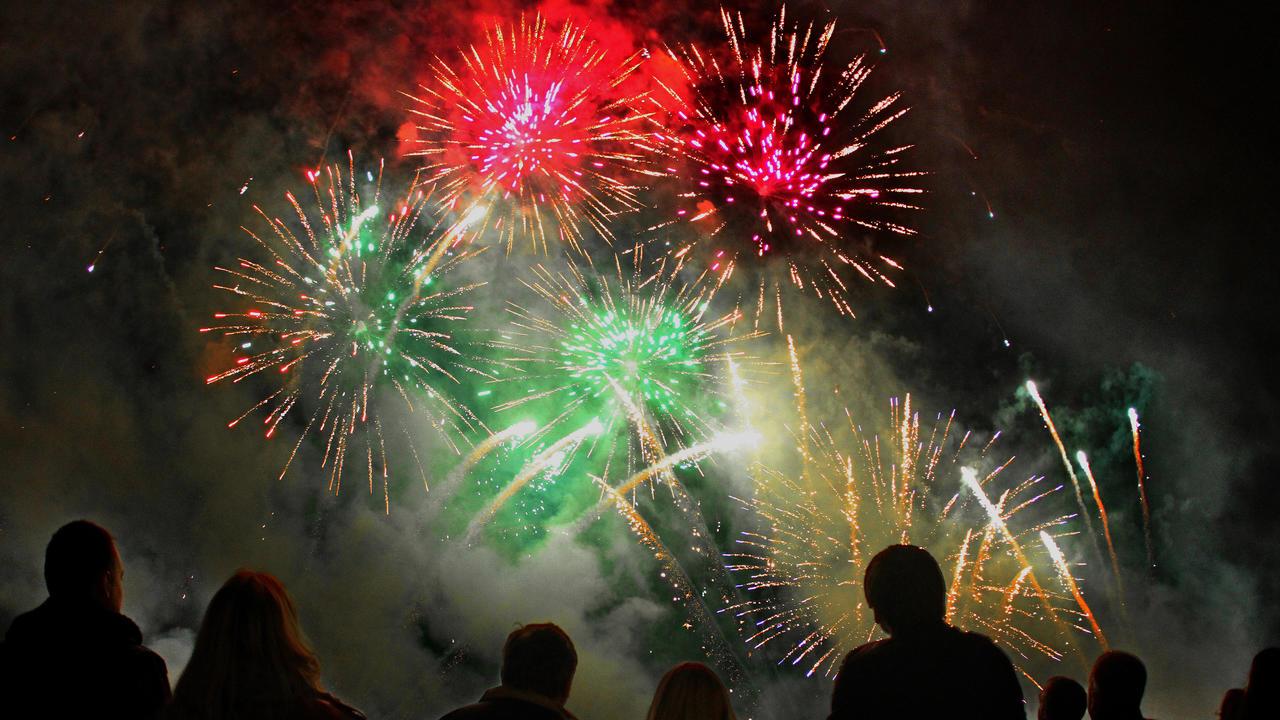A dubious tradition comes to an end in NL?

New Year’s Eve Fireworks in NL
A dubious tradition
With Germany and Denmark, the Netherlands leads the league table of firework-related injuries within the EU. Many of those injured are scarred for life due to severe burn and eye injuries. The use of fireworks, and the public nuisance it creates, also make people feel unsafe in their own communities during New Year’s Eve.
In the Netherlands, people are permitted to set off consumer fireworks on December 31 and January 1. This is being done on a grand scale, causing one or two deaths each year and more than one thousand injuries that need treatment in hospital or by general practitioner.
Unsafe consumer-fireworks and incorrect firework use lead to serious safety risks. The safety risks are aggravated by the use of alcohol and drugs, peer pressure, weather conditions and the presence of a great many people in the streets around 12 p.m. Fireworks are not only dangerous to the people setting them off: half of the victims are bystanders.
A year ago, the Dutch Safety Board made an extensive study into the safety risks during New Year’s Eve and in particular into measures to substantially reduce firework-related deaths and injuries. The Dutch Safety Board calls for structural improvements in safety, by:
1. Prohibiting the fireworks that are responsible for the most severe harm (rockets) and public nuisance (bangers) they cause. The European Directive regarding pyrotechnic articles gives Member States the opportunity to restrict or prohibit consumer fireworks on the grounds of protecting health and safety or environmental concerns.
2. Combating illegal fireworks, particularly heavy-duty bangers, by a tougher approach to tackling the illegal trade in heavy-duty bangers, at both a national and an international level. Many fireworks that are exclusively for use by professionals, find their illegal way into the hands of consumers. International cooperation is necessary for the detection and prosecution of people and organisations involved in the trade in illegal fireworks.
3. Organising New Year’s Eve celebrations as a community event. Municipalities should take a lead in ensuring that New Year’s Eve celebrations get a community celebration character by organised firework displays.
Last week, the Dutch Consumer Safety Institute (CSI) reported that during this New Year’s Eve, on top of two deaths due to fireworks, 385 firework-related casualties have been taken into hospital and general practitioners treated almost one thousand injured patients injured by fireworks.
The Dutch Safety Council report and the latest CSI-injury statistics has sparked a massive shift in the general opinion as to the acceptance of fireworks as part of the New Year’s Eve celebrations. While in past decades, only a minority of the population wanted stricter fireworks regulation, today 70% of the population is in favour of a total ban on rockets and bangers, and a tight control of illegal sales in professional fireworks to consumers. The current government coalition is now considering to introduce a sales ban on the most dangerous fireworks.
It is evident that the number and severity of firework-related injuries are not reconcilable with the festive purpose of New Year celebrations. Local and national authorities are finally starting to feel a sense of urgency to ensure that this will become a truly festive party without life and limbs being harmed.
READ MORE:
Summary Report Dutch Safety Council (EN):
https://www.onderzoeksraad.nl/en/page/4730/veiligheidsrisico’s-jaarwisseling
Press Release Consumer Safety Institute (NL):
